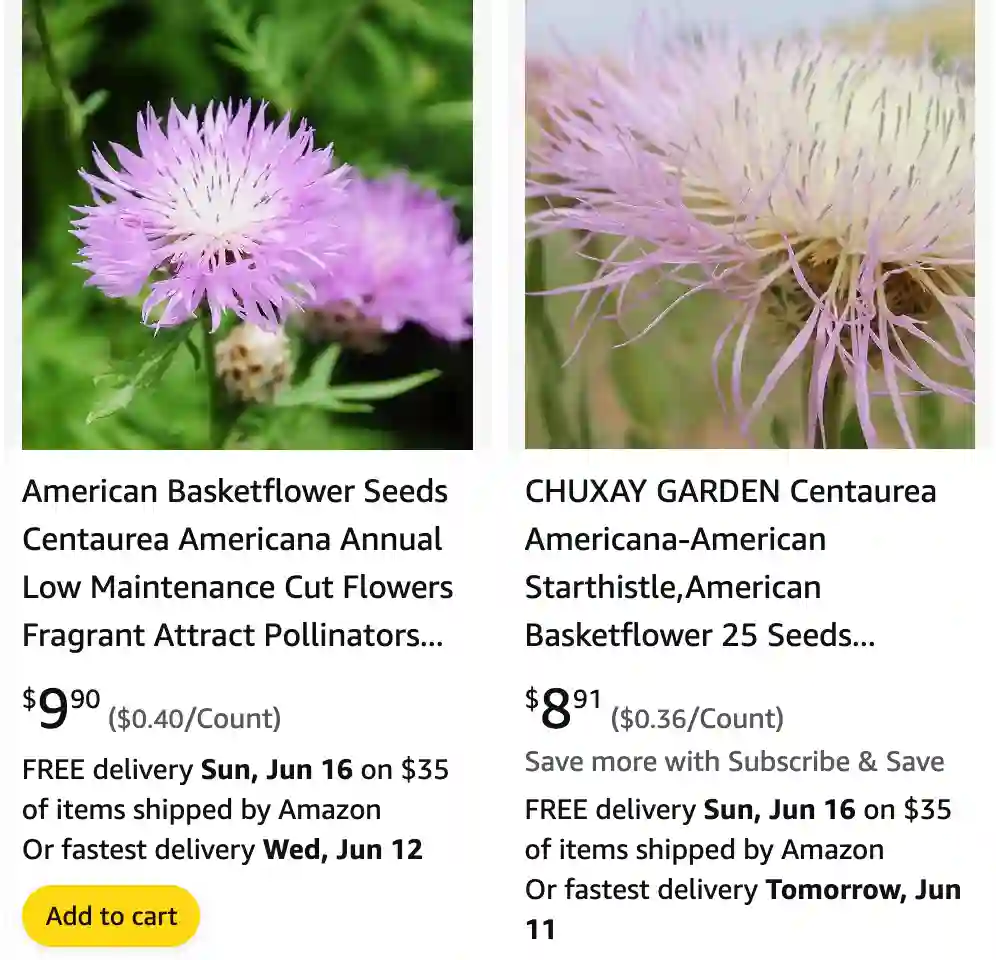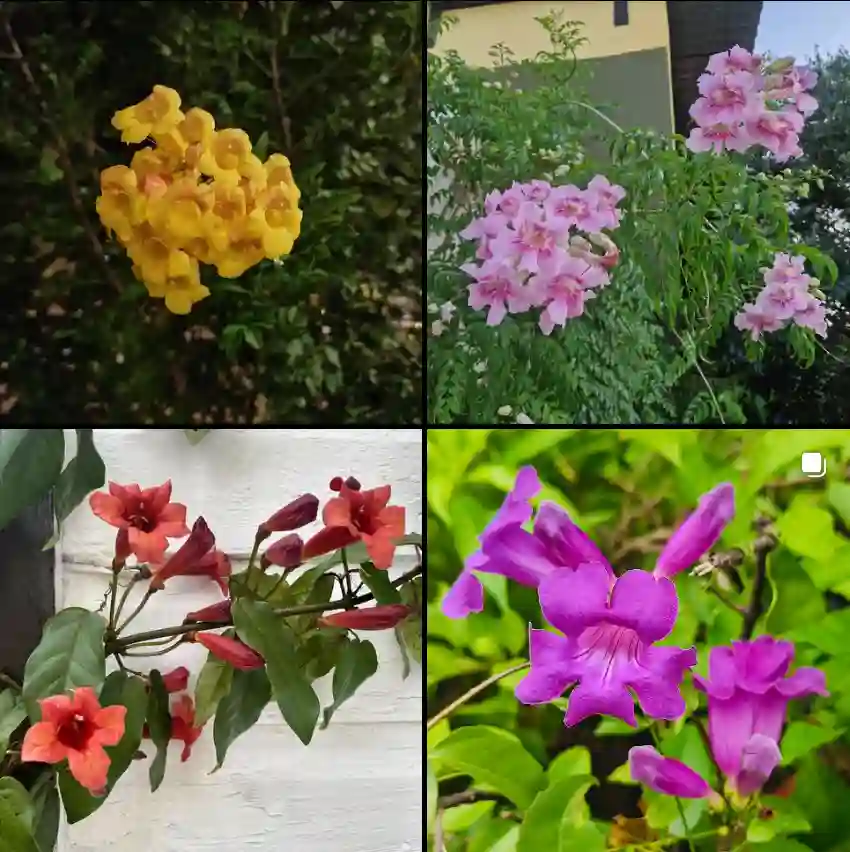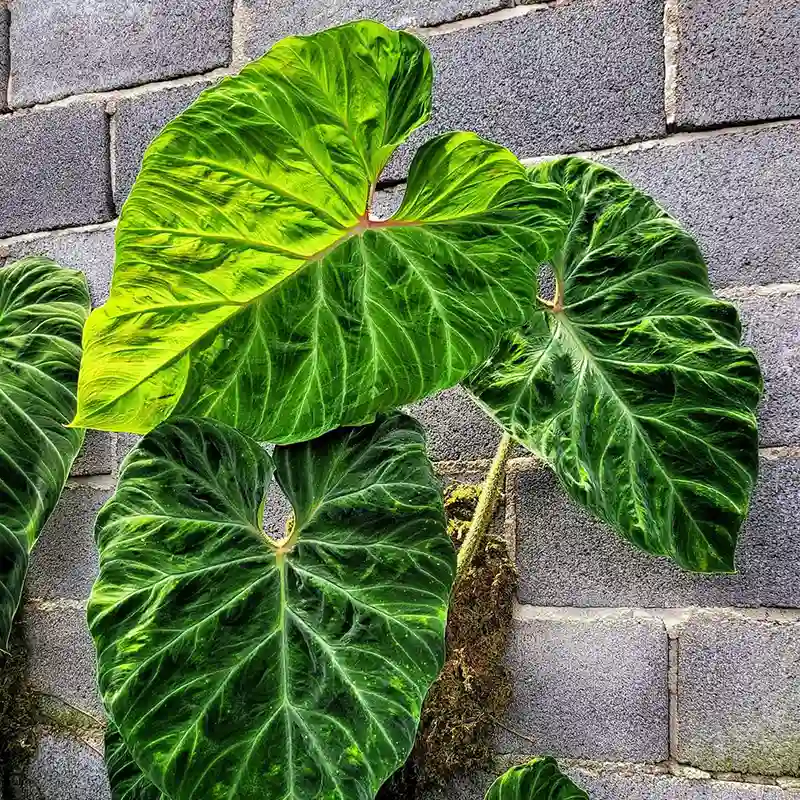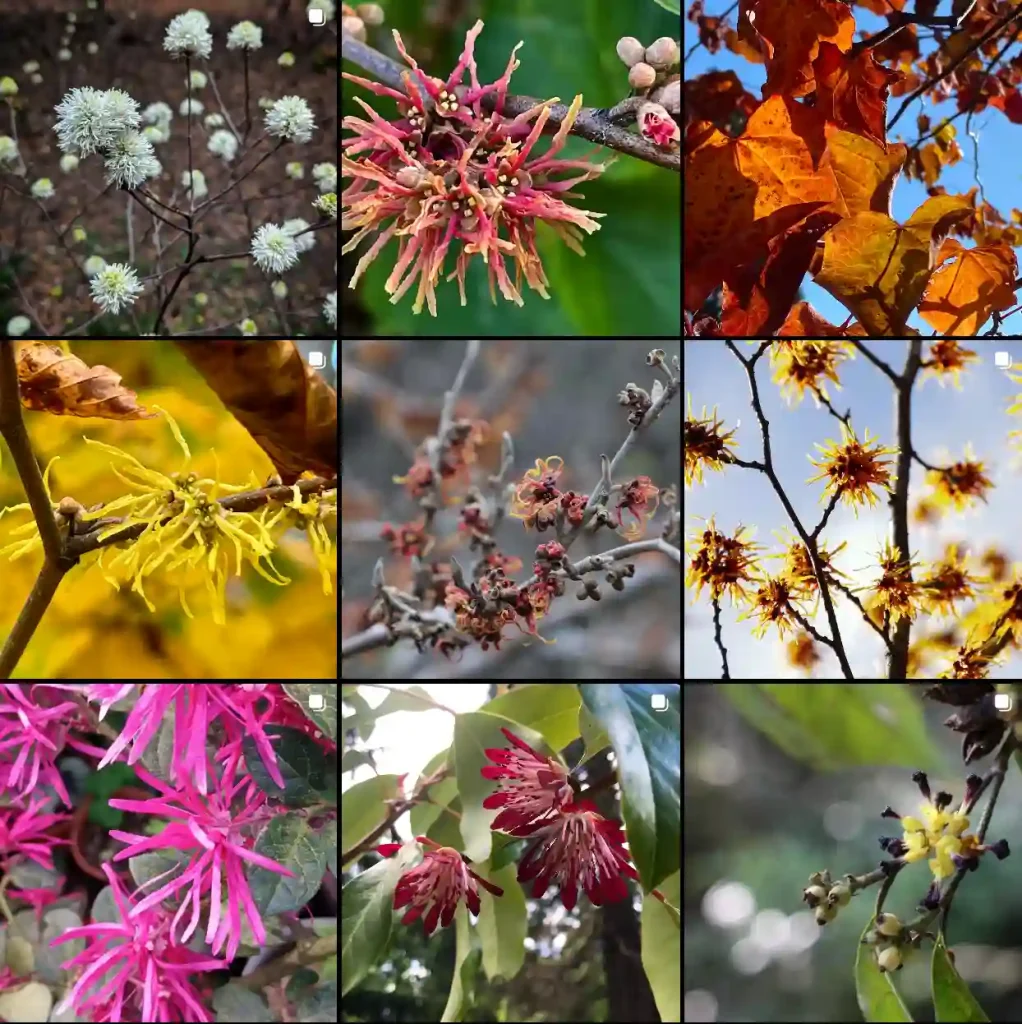
All About the Centaurea Americana Basket Flower: A Gardener’s Guide
I’m Ferb Vu, and I’m here to answer your questions about the captivating Centaurea Americana synonym of Plectocephalus Americanus, also known as the American Basket Flower. This easy-to-grow annual boasts stunning blooms and brings a touch of wild charm to any garden.
821 Species in Genus Centaurea
What is the Centaurea Americana Basket Flower?
The Centaurea Americana is a native North American wildflower that thrives in the southern central United States and northeastern Mexico. This annual beauty graces gardens with large, captivating flowers and a long blooming season. Its name, “basket flower,” comes from the unique basket-weave pattern visible on the underside of its flower heads.
What Does the Centaurea Americana Look Like?
Imagine delicate, filamentous blooms in shades of lavender-pink with creamy centers. These stunning flower heads, reaching up to 4-5 inches wide, sit atop a sturdy, leafy stem that can grow anywhere from 1.5 to 6 feet tall. The Centaurea Americana lacks the prickly nature of its thistle cousins, making it a safe and delightful addition to your garden.
Basket Flower vs Thistle
I remember the first time I saw a basket flower—it was during a hike in a local nature reserve. The delicate, feathery petals and soft lavender hue immediately caught my eye, and I was enchanted by its gentle beauty. In contrast, thistles have always felt a bit more rugged to me. I appreciate their resilience and the way they stand tall despite their prickly exterior. Their bright purple flowers can be striking, but I can’t help but feel a bit wary of their sharp spines when I come across them on walks. While both are lovely in their own right, the basket flower’s softer appearance tends to win me over.
How Do I Care for the Centaurea Americana?
The Centaurea Americana is a gardener’s dream, requiring minimal fuss. Here’s what you need to know to keep yours thriving:
- Sun: Full sun is ideal for optimal growth and flower production.
- Soil: Well-drained soil, on the drier side, is best. Amending clay soil with sand can improve drainage.
- Watering: Water regularly, especially during periods of drought, but avoid waterlogging. As the plant matures, it becomes more drought tolerant.
- Feeding: Fertilizing is not necessary for this low-maintenance flower.
Is the Centaurea Americana Easy to Grow?
Absolutely! The Centaurea Americana is perfect for beginner gardeners. It readily grows from seeds sown directly outdoors in spring after the danger of frost has passed. You can also start seeds indoors a few weeks before the last frost for an earlier bloom.
How Long Does the Centaurea Americana Bloom?
This delightful annual boasts a long blooming season, usually starting in midsummer and continuing well into fall. Deadheading spent flowers encourages continuous bloom throughout the season.
Is the Centaurea Americana Deer Resistant?
The good news is that deer tend to find the Centaurea Americana unpalatable. This makes it a great choice for gardens frequented by these browsing herbivores.
Can I Use the Centaurea Americana as a Cut Flower?
Yes, you can! The long stems and beautiful blooms of the Centaurea Americana make it a fantastic addition to cut flower arrangements. Cut flowers last 4-5 days in a vase, adding a touch of wild elegance to your home.
Can I Dry the Centaurea Americana Flowers?
Definitely! The Centaurea Americana dries beautifully, making it ideal for everlasting arrangements. To dry, simply hang the stems upside down in a cool, well-ventilated area until the flowers are completely dry.
What are the Benefits of Planting the Centaurea Americana?
Beyond its undeniable beauty, the Centaurea Americana offers several benefits:
- Attracts pollinators: Butterflies, bees, and other pollinators are drawn to the nectar-rich flowers, promoting a healthy ecosystem in your garden.
- Low maintenance: This easy-to-care-for annual requires minimal effort to thrive.
- Drought tolerant: Once established, the Centaurea Americana handles drier conditions well.
- Self-sows: The plant readily self-sows, ensuring a new generation of blooms each year.
Can I Plant the Centaurea Americana Next to Other Flowers?
Absolutely! The Centaurea Americana pairs beautifully with various flowers, adding a touch of whimsy and texture to your garden beds. Here are some ideas:
- Cosmos: The delicate blooms of the Centaurea Americana complement the vibrant colors of Cosmos flowers.
- Echinacea (Coneflower): The daisy-like flowers of Echinacea create a charming contrast with the Centaurea Americana’s unique form.
- Yarrow: Yarrow’s flat flower clusters add another layer of texture to a planting scheme that includes the Centaurea Americana.
Is the Centaurea Americana Invasive?
While the Centaurea Americana readily self-sows, it’s not considered invasive in most areas. However, it’s always a good practice to deadhead spent flowers before seeds form if you want to control its spread in your garden.
Centaurea Americana vs. Bachelor Button
Both the Centaurea Americana and Bachelor Button (Centaurea cyanus) belong to the same genus and share some similarities. Here’s a quick comparison:
| Feature | Centaurea Americana | Bachelor Button |
|---|---|---|
| Habit | Annual | Annual |
| Height | 1.5 – 6 feet | 1 – 3 feet |
| Flower Color | Lavender-pink with creamy center | Blue, pink, white, red (single or double) |
| Bloom Time | Midsummer to fall | Early summer to early fall |
| Germination | Easy from seed | Easy from seed |
| Water Needs | Moderate, drought tolerant later | Moderate |
| Full Sun Requirement | Yes | Yes |
| Deer Resistant | Yes | Yes |
In Conclusion
The Centaurea Americana Basket Flower is a captivating and low-maintenance annual that adds a touch of wild charm to any garden. With its stunning blooms, long blooming season, and ease of care, it’s a perfect choice for both beginner and experienced gardeners alike. So, if you’re looking for a beautiful and hassle-free addition to your garden, consider planting the Centaurea Americana.
If i die, water my plants!



